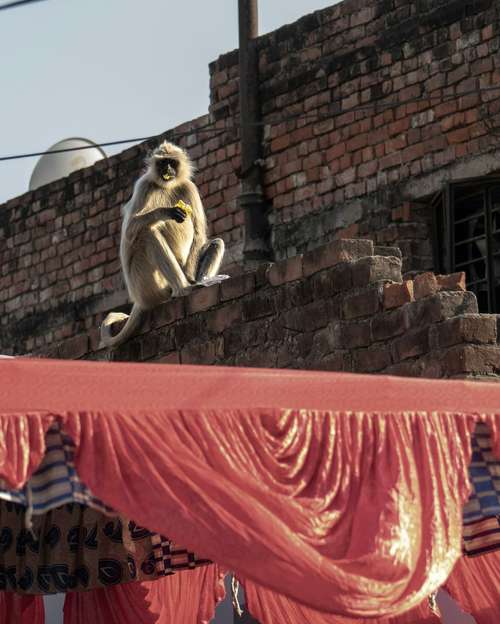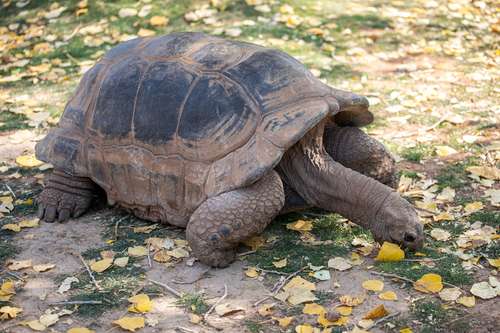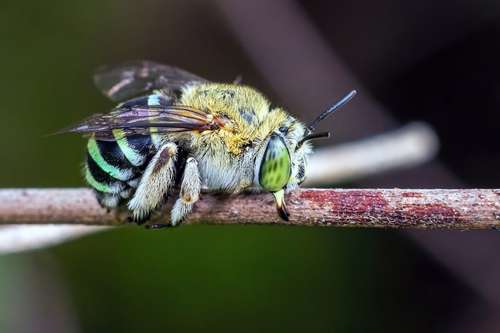Walking along a bustling street in New Delhi, you might catch a glimpse of performing monkeys—nimble little acrobats that capture the spotlight with every twist and turn. I’ve always been fascinated by these traditional performances that merge the line between delightful entertainment and a sense of unease. Their antics evoke smiles, yet raise ethical considerations, making you wonder about the true cost of this cultural tradition.
There’s something undeniably charming about watching these performing animals juggle and dance their way into the hearts of passersby. Still, beneath the surface lies a complex world of street entertainment that balances joy with deep-rooted ambivalence, leaving you questioning if the smiles they inspire come at too high a price. As you stroll through the colorful streets of Delhi, the echoes of laughter mingle with murmurs about animal welfare and cultural ambivalence.
The Cultural Tradition and Its Roots
The tradition of performing monkeys in New Delhi is steeped in history and local lore. This section dives into the origins of animal entertainment and the role of traditional performances in the fabric of local culture. The practice, which has evolved over generations, is both a testament to local artistry and a mirror reflecting the changes in societal perspectives.
From ancient times to modern day, these street performances have been more than simple spectacles. They represent a cultural ritual, blending festivity with everyday survival. Many local residents view the performances as a proud heritage, a nod to the eclectic street culture of Delhi. The artistry of the performers—both human and animal—has a magnetic allure that draws even skeptical onlookers. Every flip and trick is a narrative about freedom and constraint, a story that weaves together joy and revulsion in one continuous performance.
On the other hand, modern audiences often weigh these cultural traditions against pressing questions about animal rights and welfare. It’s not just about the delightful spectacle; it’s also about acknowledging the ethical concerns in the treatment of these talented creatures. While many claim the tradition is harmless fun, others argue that preserving art should not come at the expense of animal welfare.
Delight on the Streets of New Delhi
Let’s face it, who doesn’t smile when they see these little dynamites performing on the streets? In this section, we explore the sheer joy that traditional street performances bring to Delhi’s vibrant tourist attractions. There’s an undeniable charm in the spontaneity of these acts, and every twist and turn is celebrated by the local crowd.
Strolling along the colorful by-lanes, you cannot help but feel swept up in the energy of Delhi tourism. The performing monkeys captivate audiences with their impressive acrobatics, adding a spark of energy to the otherwise everyday hustle and bustle. For the local vendors, these acts are as much a part of the daily routine as the aroma of freshly prepared street food. It’s the kind of scene that makes you feel as though you’re in the middle of a living, breathing carnival.
Even if you step away from the excitement, you’re left wondering how a simple street performance has the power to brighten an otherwise hectic day. The smiles, the laughter, and even the applause echo the sentiment that art and tradition, no matter how small, can bring communities together. With performing monkeys on display, traditional performances take on a life of their own, reinforcing a cultural tradition that has been cherished through many generations.
Animal Welfare and Ethical Concerns
Behind the sparkle of delight, there is an undercurrent of serious ethical concerns. This section delves into animal welfare issues amidst the charm of performing monkeys. It is a question of cultural ambivalence—how can something so endearing also represent a troubling side of animal entertainment?
There is no denying that these practices have drawn criticism, especially from concerned animal rights groups. Critics argue that the seemingly innocent act of watching performing monkeys in New Delhi may hide a deeper exploitation of wildlife. They stress that despite the festive atmosphere, the welfare of the animals can sometimes be compromised. It’s a reminder that even the most enchanting traditions can face significant ethical scrutiny.
Many in the community are caught in a tug-of-war between preserving cultural heritage and advocating for modern animal welfare. I remember seeing a local activist passionately explain that while the tradition is centuries old, it should evolve to meet current ethical standards. The debate is as intricate as the performances themselves, intermingled with clear signs of cultural ambivalence and evolving societal norms.
The question really is: Should traditional performances be altered to enhance the well-being of these performing animals, or is it better to let the cultural legacy remain unchanged? This dialogue is as important as the performances on the streets, touching on broader discussions about wildlife conservation and ethical treatment.
Tourism, Conservation, and the Future of Street Entertainment
The role of performing monkeys in New Delhi transcends leisure, linking cultural tradition with both tourism and wildlife conservation. In this final section, we analyze how this practice impacts Delhi tourism and discuss the potential paths forward for integrating cultural heritage with ethical innovation. Here, the celebration of art and tradition meets the drive for a more conscientious future.
Delhi has long been a hub of activity for curious minds—those seeking authentic local experiences. The sparkle in the eyes of tourists watching these performing animals offers insights into how deeply ingrained street performance is in Delhi’s cultural tapestry. Yet, there is a growing call for ensuring that animal welfare is not left behind in favor of economic gains.
The future might lie in reimagining traditional performances so that they align more closely with modern expectations of ethical conduct. Some propose incorporating better care for the performing monkeys, ensuring that their training and living conditions meet higher welfare standards. It’s a delicate balance between upholding a cherished cultural tradition and evolving to protect these animals from potential harm.
You might ask, how do we find a compromise that honors both the art and the animals? The answer is not straightforward, but cities like New Delhi are gradually exploring alternatives. By leaning into innovative ways to celebrate cultural heritage while championing animal rights and wildlife conservation, there is hope for a future where street entertainment can be enjoyed without ethical reservations.
Summarizing the experience, the performance of these monkeys on the streets of New Delhi embodies a unique blend of delight and controversy. The rich cultural tradition brings joy and unity, yet it also highlights significant ethical concerns that demand attention. Whether you see them as delightful performers or as symbols of an aging tradition that needs change, these traditions continue to spark dialogue and introspection among locals and tourists alike.




